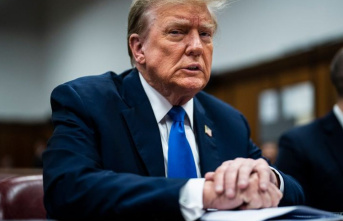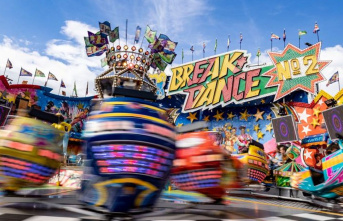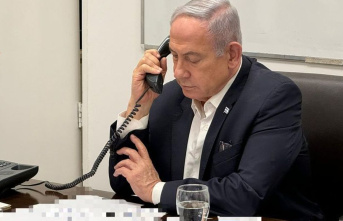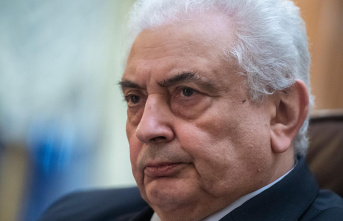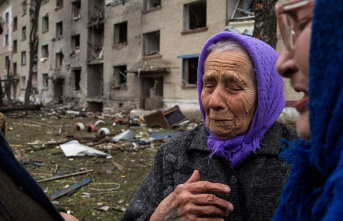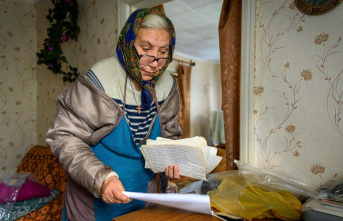"Martial Law". In English, Moscow's latest level of escalation sounds even more threatening. In English this means: Russia has declared martial law – for the first time since World War II. At least for the four annexed areas in eastern Ukraine. But it depends on the legal subtleties. A state of war does not mean war. Because there is still no talk of that in the Kremlin.
The law, which the Kremlin chief Putin referred to on Wednesday, is around 20 years old and has never been applied before. It is intended solely in the event that Russia "feels aggression or 'imminent threat of aggression'," Reuters said.
But the Kremlin is not only expanding its power in the annexed regions. A second decree signed by the supreme commander guarantees the regime more far-reaching powers at home. In short: the Kremlin is gradually switching to crisis mode.
"Martial law essentially means the suspension of normal management of the economy and the rule of law," Max Bergmann of the Center for Strategic and International Studies told the Washington Post.
From the Kremlin's point of view, the Luhansk, Kherson, Zaporizhia and Donetsk regions irrevocably belong to Russia. However, the occupiers do not have nearly complete control of the regions - which does not prevent Moscow from declaring a state of war for their entire territory. This shows once again that the power Moscow is flaunting is more fake than real.
Nevertheless, the people in the occupied territories should have woken up on Thursday to a new, even more repressive world:
However, the restrictive measures do not only apply to the annexed areas in Ukraine. "Furthermore, in the current situation, I consider it necessary to transfer additional powers to the leaders of all Russian regions," Putin said at a session of his Security Council. Different "reaction levels" apply to 26 regions, including Moscow. In concrete terms, this means that the state of war applies to all of Russia – albeit in a “weakened” form.
According to the NYT, the Kremlin's aim is to gradually put the Russian economy into war mode. According to the decree, local authorities in Crimea and in the border regions of Krasnodar, Belgorod, Bryansk, Voronezh, Kursk and Rostov may "mobilize the economy to meet the needs of the army". "Putin needs to prepare the country for much harder times and mobilize resources," Russian political analyst Tatyana Stanovaya told the US newspaper.
The restrictions in the rest of Russia are not to be equated with the state of war. Nevertheless, Putin's decree can be used, among other things, to completely suspend the activities of parties, public organizations (e.g. trade unions) and religious groups. Also, the NYT reports, governors now have the power to enact entry and exit restrictions. The measures are so far-reaching that Moscow apparently felt the need for provisional appeasement. Kremlin spokesman Dmitry Peskov countered fears that Russia would now close its borders to its own citizens. That was not planned, he told the state news agency Ria Nowosti. Moscow's Mayor Sergei Sobyanin also emphasized that martial law in the four annexed areas will "currently" not affect the everyday life of the capitals.
"In general, this all looks less like a struggle with an external enemy and more like an attempt to thwart the maturing revolution within the country," Abbas Gallyamov, a former Kremlin speechwriter in exile, wrote on Telegram, according to the Washington Post .
"What we're seeing is a kind of 'boiling frog' strategy, where you don't announce every big step that might overwhelm the Russian public, but the idea is to gradually introduce those steps," Bergmann told the US newspaper .
Sources: Reuters; "New York Times"; "Washington Post", dpa


